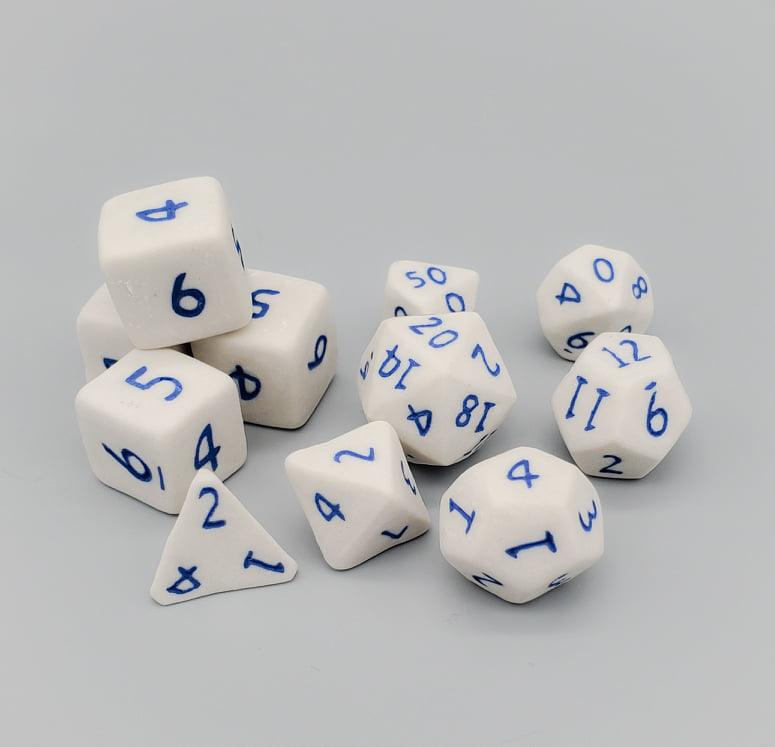Understanding and Using Spell Components for Kenku Clerics
In the mystical world of Dungeons & Dragons, spellcasting is an art that requires more than just a wave of a wand or utterance of ancient words. For the kenku cleric, mastering spell components is essential to unleashing the full potential of their divine powers. Whether you’re a beginner stepping into your first adventure or an advanced player looking to refine your skills, this guide will walk you through the essentials of using spell components effectively.
What are Spell Components?
Spell components in D&D are categorized into three types: verbal (V), somatic (S), and material (M). Each spell may require one or more of these components to cast successfully:
- Verbal: The chanting or incantation needed to harness magic.
- Somatic: Hand movements and gestures that shape the spell’s energy.
- Material: Physical items consumed or used in casting the spell.
Tips for Beginners
If you’re new to playing a kenku cleric, here are some tips to help you get started with managing spell components:
- Create a Component Pouch: Keep a small pouch filled with common material components like herbs, dusts, and stones. This ensures you’re always prepared.
- Mimic Verbal Components: Utilize the kenku’s unique ability to mimic sounds perfectly for verbal spells. Practice various magical incantations by listening closely during gameplay.
Advanced Strategies
An experienced kenku cleric can refine their use of spell components through advanced techniques such as:
- Simplifying Somatic Gestures: Develop subtle hand movements that allow you to cast spells without drawing attention from enemies.
- Clever Material Substitution: Learn which materials can be substituted without affecting the potency of your spells. Experiment under safe conditions before trying in combat.
Product Recommendation
The perfect companion for any aspiring kenku cleric is our exquisite ceramic dice set, ‘Frost Bite.’ Its elegant design enhances any tabletop experience.
